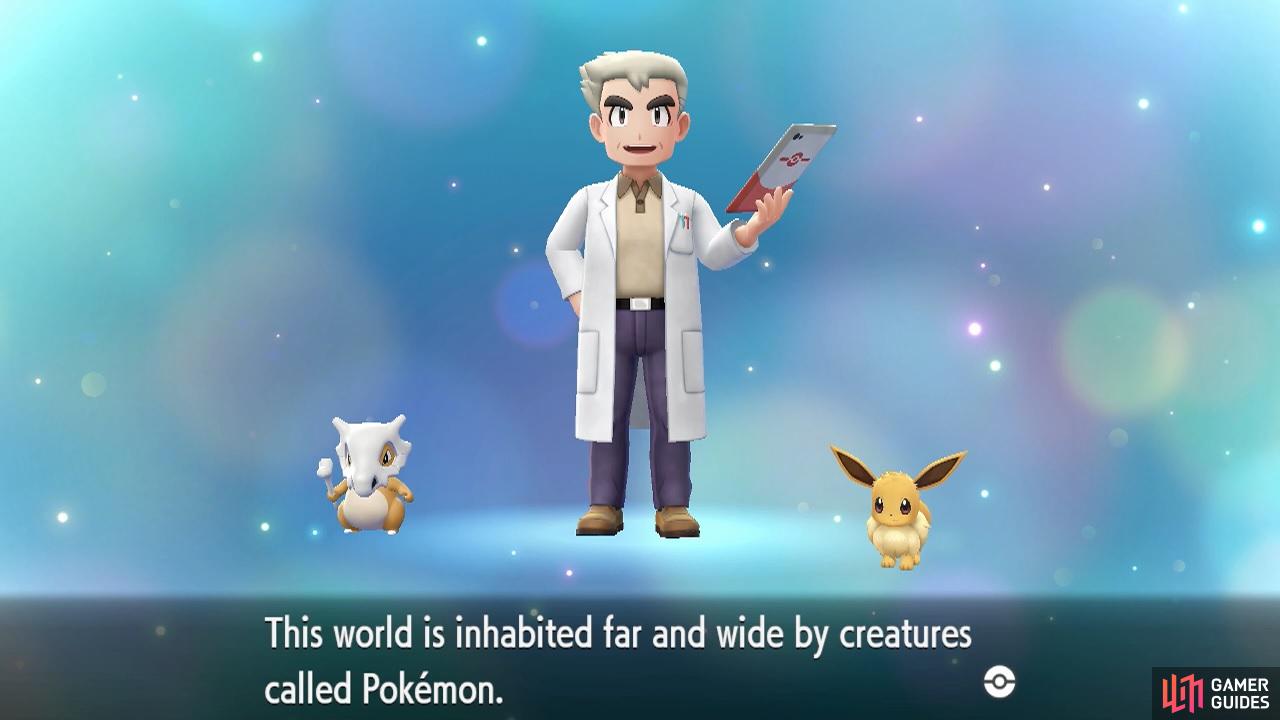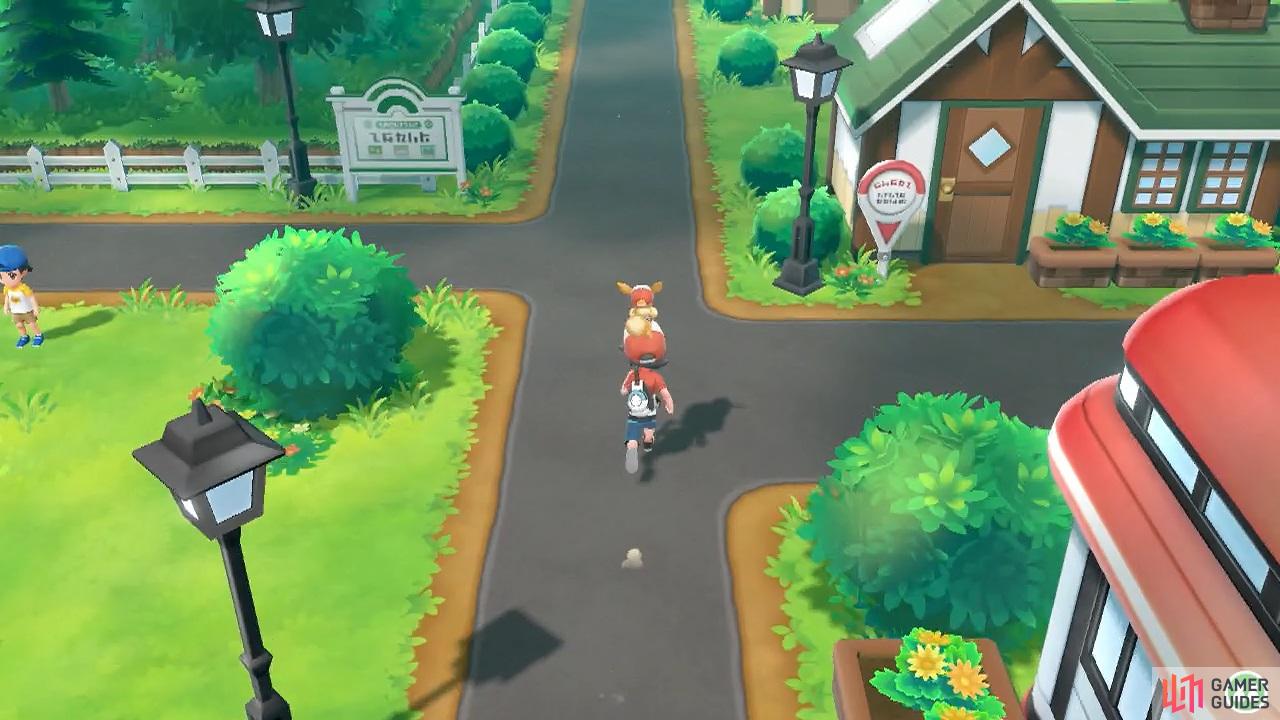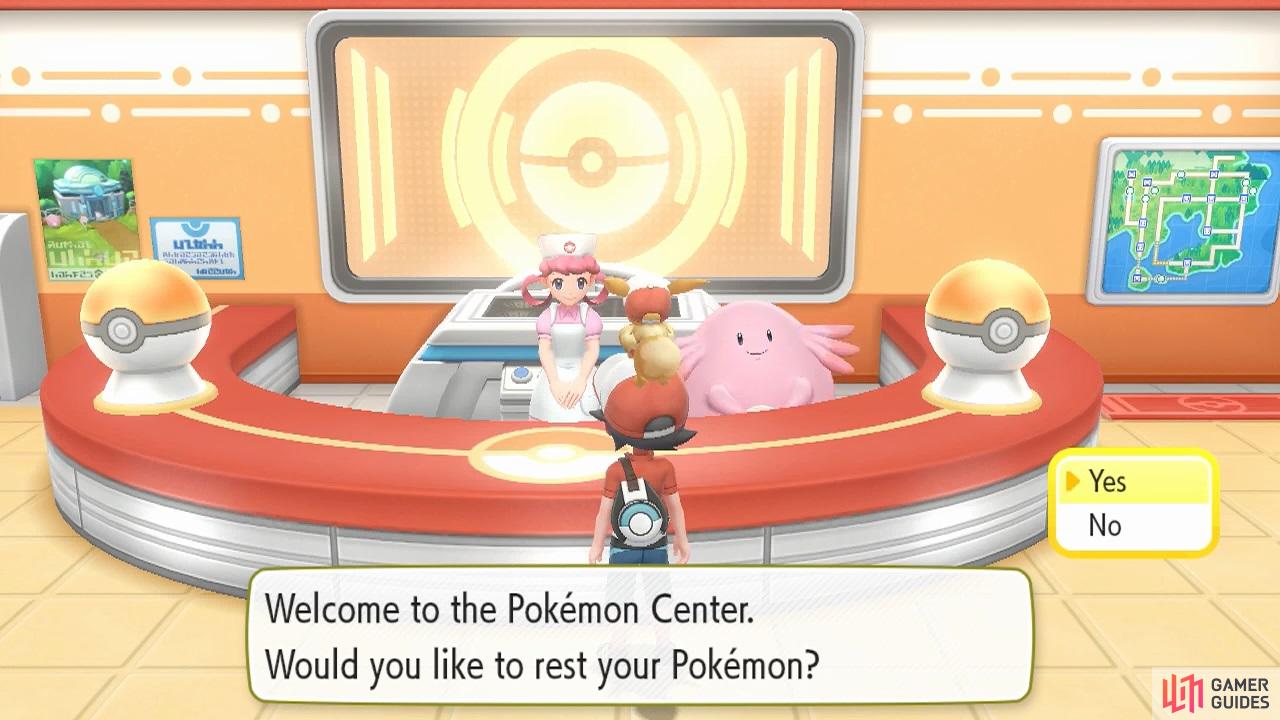The Pokémon world is similar yet different to ours.
Even if you’ve never played a mainline Pokémon game before, you probably have some vague idea of what the journey entails.
You’re a Pokémon trainer that’s just started their career in the Kanto region. Your task is to catch and befriend mysterious creatures known as Pokémon, and use them to battle other trainers like yourself. At the same time, you’re asked to fill in the Pokédex–a device containing data on all the Pokémon native to Kanto.
To prove your skills as a Pokémon trainr, you must defeat the eight Gym Leaders–some of the most skilled trainers around–and obtain their badges. Once you’ve acquired all eight Gym badges, you can step foot on the pinnacle of the Pokémon world: the Pokémon League. There, you’ll face the best of the best: the Elite Four and their Champion.
You¶
You’re a young boy or girl who lives in Pallet Town, not unlike a certain Ash from the Pokémon cartoon. Despite your age, you don’t really have any responsibilities like going to school, and your Mom never gets worried when you travel for days, weeks or even months. As far as we’ve observed, you never seem to eat or sleep, so you’re basically a superhuman.
To move your character around, you can use the analogue stick on your Joy-Con or Poké Ball Plus. Your character will automatically dash if you move the stick into the farthest position. If you spot something of interest, you can interact with it by pressing the A button (or by pushing the analogue stick inwards on the Poké Ball Plus).
Your Pokémon¶
These are your slaves… er, ahem, best friends. Although you’ve got some pretty remarkable powers, you’re severely lacking in the fighting and getting-things-done department. That’s where Pokémon come in real handy. Your Pokémon buddies can help you battle against other Pokémon, and they can even be useful when traveling the world.
You’ll catch your very first Pokémon at the very beginning of the game. This will be  Pikachu in Let’s Go Pikachu and, you guessed it,
Pikachu in Let’s Go Pikachu and, you guessed it,  Eevee in Let’s Go Eevee. From there, you’re responsible for catching new Pokémon and raising your Pokémon team. The more you train your Pokémon, the stronger they get and the easier your journey will be.
Eevee in Let’s Go Eevee. From there, you’re responsible for catching new Pokémon and raising your Pokémon team. The more you train your Pokémon, the stronger they get and the easier your journey will be.
Your Journey¶
The Kanto region is somewhat based on modern day Japan.
You’ll be traveling across the Kanto region, which is where the very first Pokémon games–Red, Blue and Yellow–took place. Decades later, Kanto has been completely recreated in full colourful 3D. However the general layout of the region is pretty much the same. There’s still the same towns, cities, forests, routes, caverns, etc.
Locations are generally divided into a few types.
Catching Pokémon
In most cases, the only way to get new Pokémon is to catch them in the wild. Unlike previous Pokémon games, you can physically see wild Pokémon roaming around in routes and ungeons. If you touch the wild Pokémon or they touch you, you will enter catching mode. We’ll discuss catching Pokémon in more detail very soon, but for now, we’ll go over the basics.
Originally, you used to battle wild Pokémon, but that’s generally no longer the case. Instead, they’ve gone for a more friendlier approach. After encountering a wild Pokémon, you can throw Poké Balls at them by using motion controls. Each time you throw a Poké Ball, there’s a chance the wild Pokémon will stay in the Poké Ball–and become yours–or break free.
Pokémon Battling
In the world of Pokémon, Pokémon battling is a serious sport, as well as a hobby. Since you’re a Pokémon trainer, you’ll be challenged by other trainers wherever you go, so you’d better get used to it! On very rare occasions, certain powerful or angry/surprised wild Pokémon may attack you, which also triggers a Pokémon battle.
Now we’ve got a whole chapter on Pokémon battling, so we’ll just go over the basics really quickly. Battles are turn-based, with each trainer selecting a move for their Pokémon to perform, while wild Pokémon use random moves. The battle is over when one side no longer has any Pokémon able to fight. Hopefully that’s your opponent and not you!
If you win a trainer battle, you earn experience points for your Pokémon, which can let them Level Up and become stronger. You’ll also receive money, which you can spend in Poké Marts, and Poké Balls for catching more Pokémon. Whereas, if you win a wild Pokémon battle, you can attempt to capture the wild Pokémon that you fought.
Managing your Pokémon¶
Pokémon Centres are like hospitals for Pokémon, and they’re free to use!
When you battle with your Pokémon, their HP and PP may go down.
HP (Hit Points) is the value of your Pokémon’s health. Once your Pokémon’s HP reaches 0, your Pokémon will faint and be unable to battle. If all of your Pokémon faint, you’ll restart from the last Pokémon Centre with some of your money missing. HP can be restored by using items or by visiting a Pokémon Centre.
PP (Power Points) are the number of times your Pokémon can use a particular move. Each move has its own PP value. Typically, the better the move, the less PP it has. Once a move has 0 PP, you cannot use the move anymore. Likewise, PP can be restored by using items or by visiting a Pokémon Centre.
As you catch new Pokémon, they will be automatically added to your party. Pokémon in your party can be selected during Pokémon battles. You can have up to 6 Pokémon in your party at one time. Once your party is full, Pokémon that you can catch will be sent to your Box instead. Your Box can be accessed via the Party menu outside of battle.
Saving the Game¶
Last but not least, it’s very important that you save your game regularly! This can be done by opening the menu with the X Button (or by pressing the top, red button on the Poké Ball Plus) and going to Save, towards the far right. This game does not support automatic saving, so make to save before shutting down!




 Sign up
Sign up
No Comments